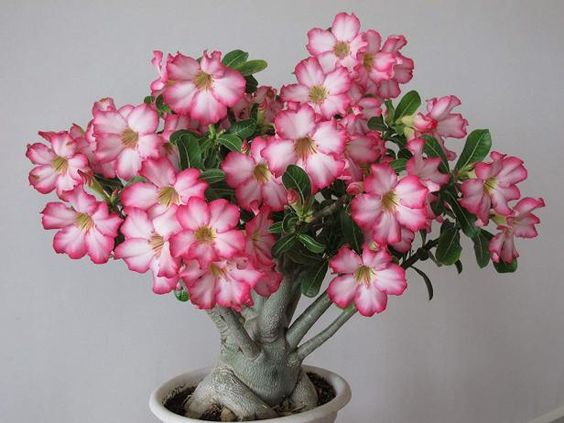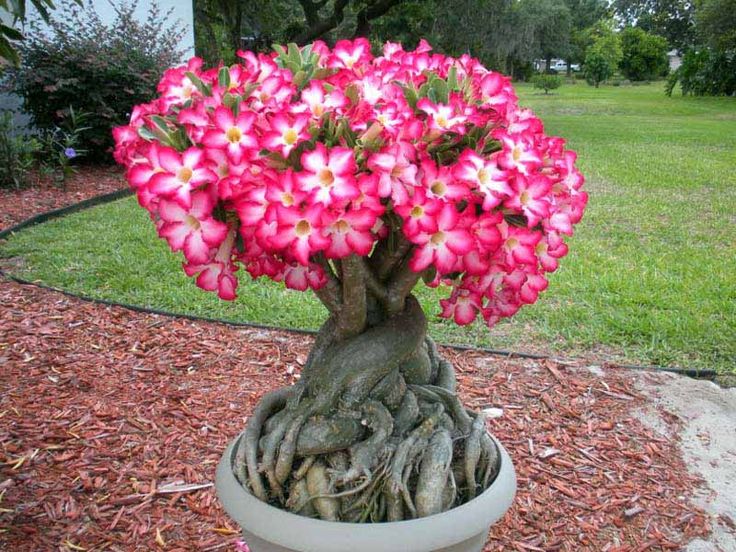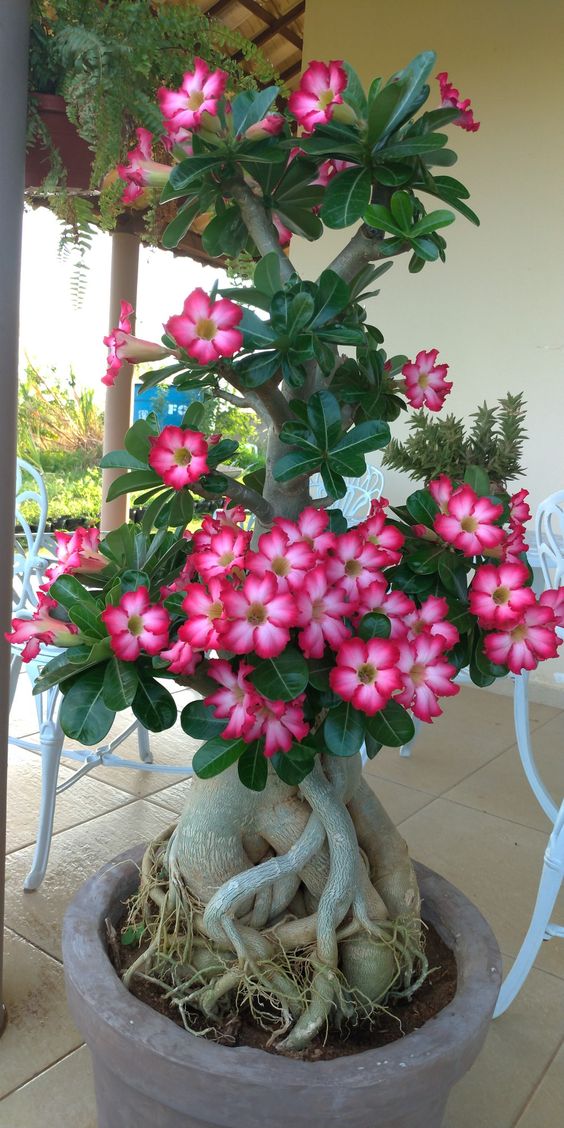For those who enjoy planting, searching for distinctive and low-maintenance plants with a touch of excitement is a common pursuit. Adenium desert rose plants are an excellent choice for both experienced and beginner gardeners. These plants originate from East Africa and Arabia and are great for indoor container gardens or as a pleasant addition to outdoor patios in warm weather climates. Adequate care includes ensuring that these plants receive full sunlight and have well-drained soil.

If you want to achieve a stunning display of rose-like flowers on a magnificent plant, it’s crucial to replicate the natural conditions of its native region. The desert rose is a favored choice for gardens in USDA zones 10 through 11, but for those living in colder climates, growing Adenium indoors is the only option. However, proper care for this species can be quite challenging as it requires a certain level of expertise and understanding of its life cycle.

Adenia plants belong to the succulent family and are typically found in tropical regions. Their unique feature is the swollen trunk or caudex that sets them apart from other succulents that store water in their leaves, stems, or roots. The desert rose, for instance, has a stem that expands to retain moisture during dry spells. A plump stem is a sign of good plant health, while a thin one indicates a need for more watering. Another fascinating fact about desert rose plants is their uncanny resemblance to bonsai trees, with a compact size when fully grown and a tidy canopy resting on a multi-tiered stem.

Despite many growers finding it difficult to care for desert rose plants, they can actually be quite simple if you keep in mind their water, temperature, and lighting requirements. It’s important to note that Adenium plants are native to regions with poor, sandy soil and hot, sunny climates. Therefore, it’s best to avoid overly moist soil and limited light conditions, as this will not allow the plant to thrive. Additionally, Adenium plants are not frost tolerant and will not survive in temperatures below 40 degrees F (4 C). However, they can thrive in temperatures as high as 90 degrees F (32 C).
